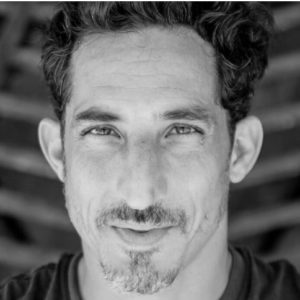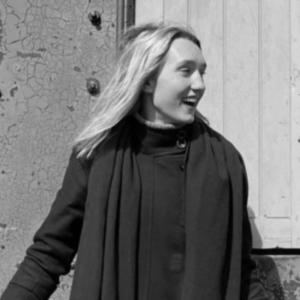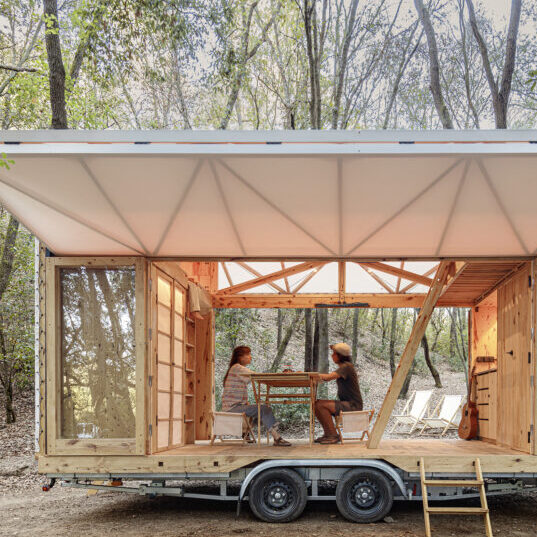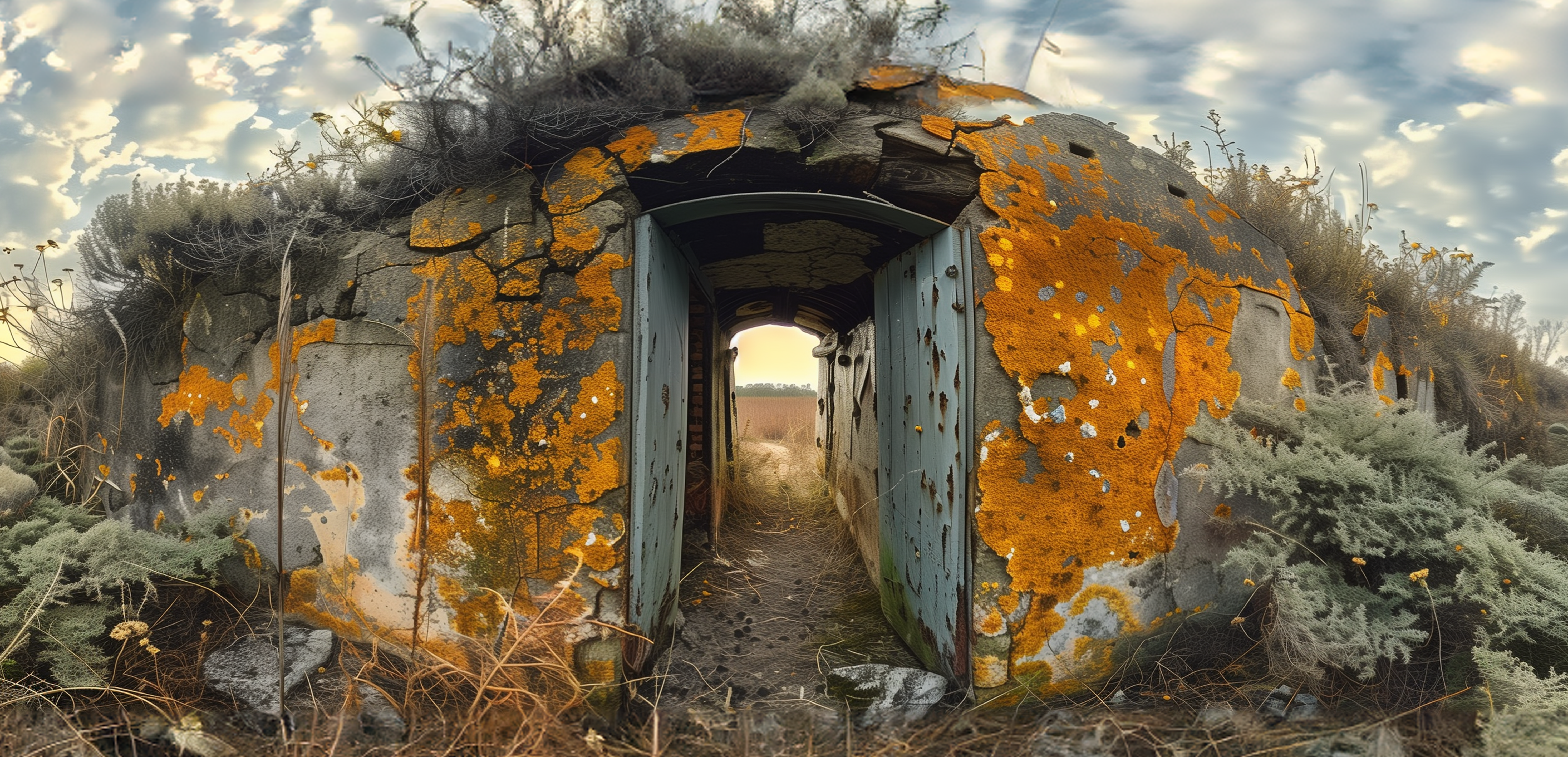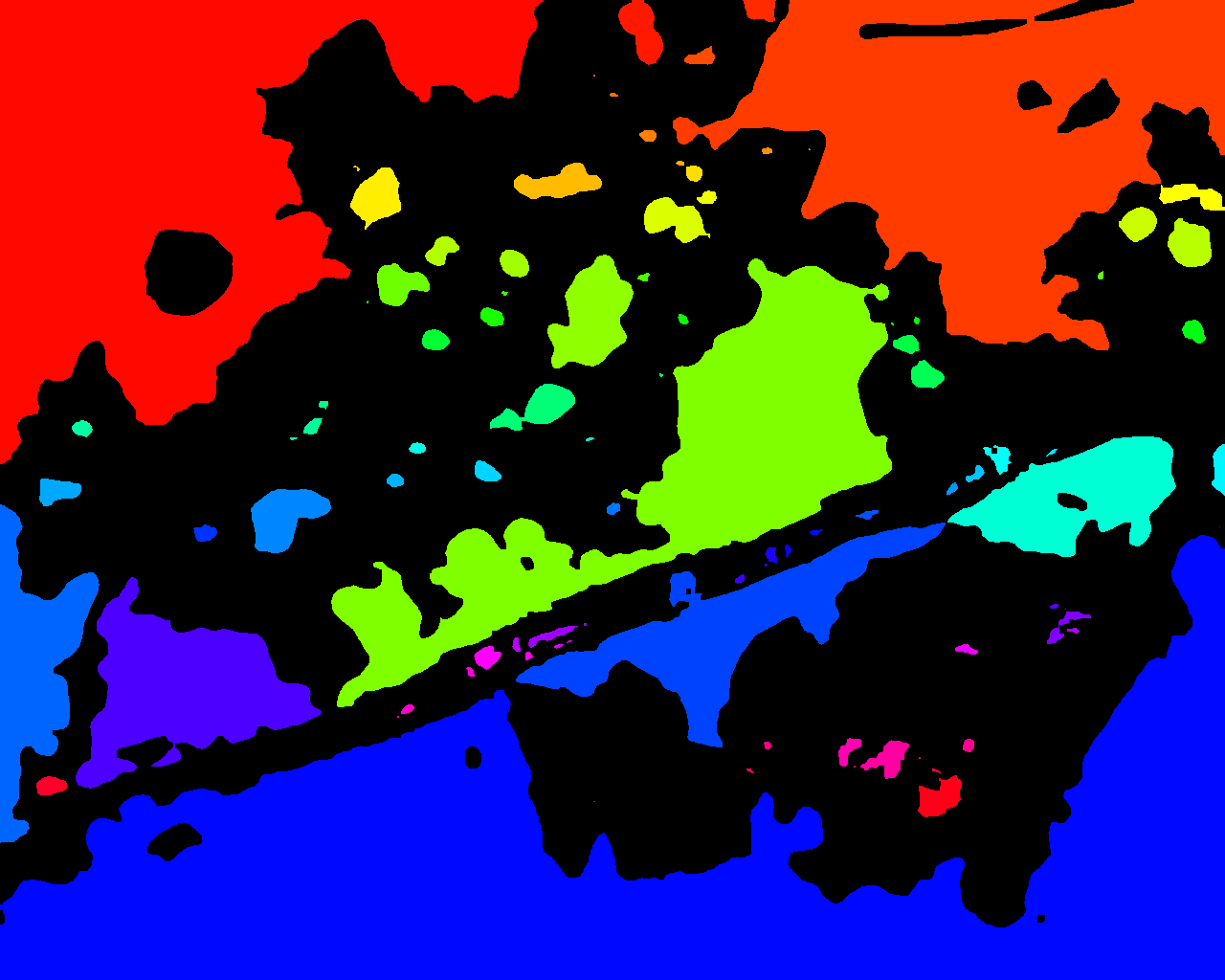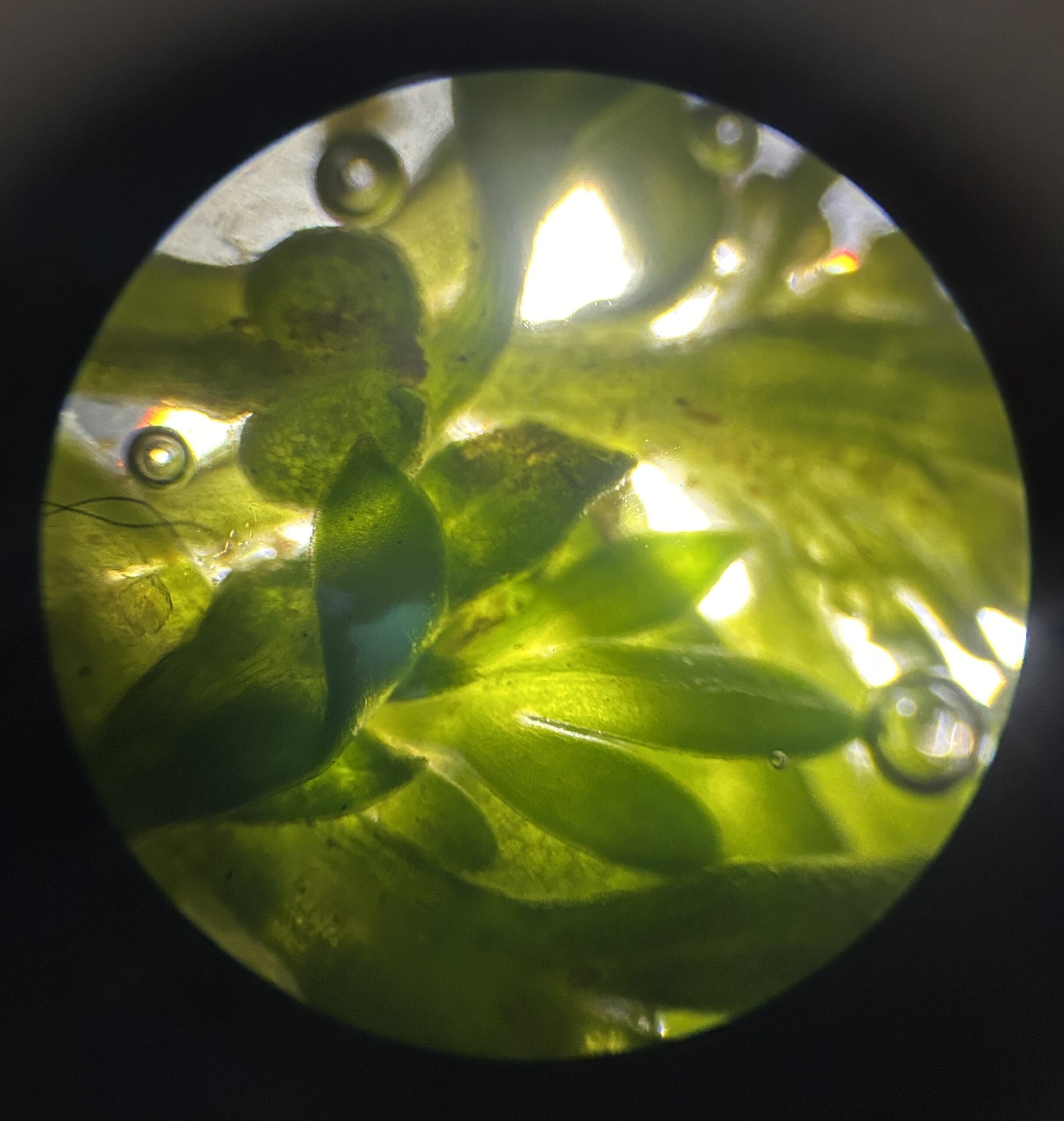The seminar invites participants to experience nature as a complex multiscale entity and journey into microscopic worlds of survival and rejuvenation. The research session will focus on exposing examples of man-made urban ground and infrastructure. Through case studies, the seminar will delve into the invisible scales of city landscapes, analysing microscopic phenomena embedded in urban techno soil. By collecting data and samples from parks, gardens, demolition sites, or fractures and voids of highly industrialised areas, the collective research will journey into scales alongside microscopic organisms contributing to the recovery of toxic and injured landscapes.
Syllabus

Credits: The invisible ecologies 03 / Alejandro Haiek Coll / Serie: Rebirth of a Landscape / Nordic-Arctic Atlas of Territorial Violence and Environmental Injustices / Printed panoramas landscapes images / 3D modelling + AI Iterations prompting futures perspective of the injured geographies studied. The visualisation recreates the bio engineering processes by the pioneer’s species and anticipated the arrival of successional species and other future hypothetical forms of ecology / SVP Umarts / 2022-2023. Umeå, Sweden.
The seminar invites participants to experience nature as a complex multiscale entity and journey into microscopic worlds of survival and rejuvenation. The research session will focus on exposing examples of man-made urban ground and infrastructure. Through case studies, the seminar will delve into the invisible scales of city landscapes, analysing microscopic phenomena embedded in urban techno soil. By collecting data and samples from parks, gardens, demolition sites, or fractures and voids of highly industrialised areas, the collective research will journey into scales alongside microscopic organisms contributing to the recovery of toxic and injured landscapes.
Through art, science, and digital craftsmanship, we will develop forms of agency contesting to agents at the microscopic scale, exposing how climate change impacts the environment at a microscopic level. Using open-source tools, students will have the potential to translate data into the artistic domain, creating new environmental imaginaries and envisioning mediating forms between human impact and biological resilience.
We will use AI image generation to speculate on possible scenarios resulting from different bioremediation approaches. Prompting ideas for resilient landscape metabolism, the seminar will conclude by visualising hypothetical ecological futures and critically discussing the intriguing scales of investigation. Through digital territorial analysis, site samples, microscopic visualisations, AI images, 3D scanners, and 3D printed material evidence, we will delve into invisible landscapes, entering a mixed reality experience across and within scales.
#Urbanground
#Technosoils
#Syntheticpavements

Credits: The invisible ecologies / Alejandro Haiek Coll / Serie: Microscopic Landscapes / The AI visualisation recreates the bio engineering processes by the pioneer’s species and also anticipated future forms of ecology / Nordic-Arctic Atlas of Territorial Violence and Environmental Injustices / SVP Umarts / 2022-2023. Umeå, Sweden.
Learning Objectives
At course completion the student will:
Knowledge and understanding:
- Collect data and engage with technologies used to assess the impact of human activity on the natural environment.
- Describe a case study, through analysing microscopical contexts. Identify and apply different methodologies and digital tools.
Skills and ability:
- Develop skills in generating models and research environments using two-dimensional and three-dimensional tools.
Evaluation ability and approach:
- Evaluate their working process through checking its relevance to a wider context from a critical perspective.
- Critically evaluate how microscopic mapping techniques are relevant for landscapes visualisation and critical research.
Faculty
Faculty Assistants
Projects from this course
Turbulence and Regeneration
The chosen site is the intersection of the Besòs River in Barcelona with the Mediterranean Sea. This location serves as a convergence point for different natural ecologies, as well as being impacted by human activities, such as the electrical industry with outlets into the river. Therefore, the site provides a perfect theater to visualize, not … Read more
THE MOLECULAR ODYSSEY
Site Explore History of the Plànol del Ciutat Vella (Barcelona) Species found in Parc de la Ciutadella Tree trunk sample(Macro VS Micro) Moss(Macro VS Micro) Organic composite waste(Macro VS Micro) Tree bark(Macro VS Micro) Dry sand(Macro VS Micro) VR landscape Video

